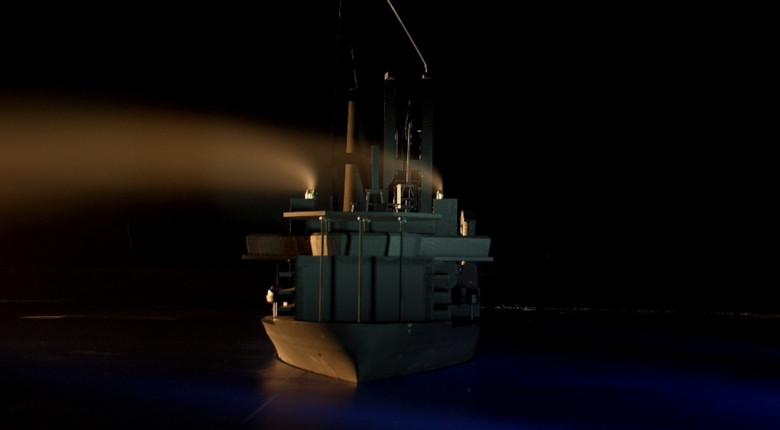
To ensure safe helicopter operations offshore helicopter decks are most frequently certified according to the CAP 437 or NORSOK C-004 regulations, which require an assessment of temperature rise due to hot exhaust gas plumes in the airspace above the helideck. Temperature rise causes loss of lift and engine power, potentially causing hazardous flight conditions which should be avoided. Especially in offshore situations with helicopter decks on vessels or platforms hot exhaust gas plumes can cause significant temperature rise in the airspace directly above the helicopter platform.
The plume trajectory can be visualised in a smoke visualisation test in the wind tunnel. The temperature rise can be directly measured in a buoyant plume tracer gas measurement on a scale model in the Atmospheric Boundary Layer Wind Tunnel facility of Peutz. The result are presented for pilot information and can be directly used for optimisation of the operational window and entries in the Helideck Limitations List (HLL).
Smoke visualisation tests and tracer gas measurements in the wind tunnel are also used to assess the air quality on board the vessel. Odour hindrance as well as exposure to toxic components is assessed with respect to Health and Safety limit levels.
Design: Ulstein Sea of Solutions B.V.
Operator: Heerema Marine Contractors